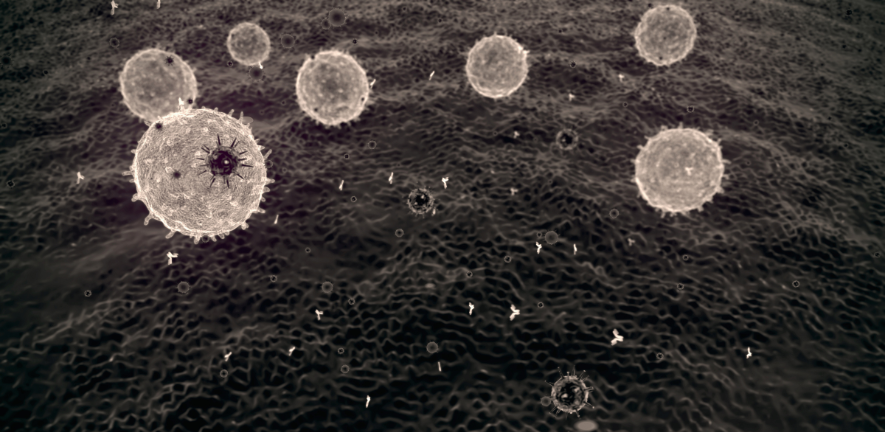
Submitted by Livia Harriman on Wed, 09/07/2025 - 15:54
What if the immune system’s long-standing guards weren’t as stationary as we assumed?
A groundbreaking new study by researchers from the University of Cambridge, Babraham Institute, and partners across Europe redefines our understanding of how immune cells inhabit our tissues—and challenges the idea of lifelong immune memory in tissues.
The Traditional View: Immune Cells That Stay Put
For years, scientists believed that specific lymphocytes—such as tissue-resident memory T cells (TRMs)—were permanent fixtures in particular tissues. These cells were thought to linger indefinitely in organs like the brain, gut, or skin, forming a crucial part of the body’s frontline defence.
But this view had a problem: it relied heavily on single-timepoint studies. That’s like taking one photo and trying to infer the entire story.
The New Approach: Parabiosis + Probabilistic Modelling
This new study took a different route. The researchers employed a clever technique called parabiosis—surgically linking two mice so that they share blood—to observe how immune cells migrate over time. Then, they applied Markov chain modelling (a statistical method that tracks probabilities of change) across six timepoints and 20+ tissues to simulate how lymphocytes migrate, activate, and die.
The result? A far more nuanced and dynamic picture of how lymphocytes behave in the body.
Key Findings
1. Tissue Residency Is Often Transient
Contrary to the idea that resident lymphocytes are permanently anchored, the study found that most lymphocytes, even "resident" ones, only linger in tissues for days or weeks, not for the lifespan of the organism. Exceptions did exist: CD8⁺ T cells in the gut and NK cells in certain tissues could persist for 100+ days.
2. Not All Tissues Are Equal
The gut and liver emerged as the top tissue “hotels,” hosting lymphocytes for the longest period. Lymphoid organs like lymph nodes? Much more transient.
3. Cell Type Matters
A clear hierarchy in longevity was observed:
-
Longest residents: CD8⁺ T cells and NK cells
-
Mid-range: CD4⁺ conventional T cells and regulatory T cells (Tregs)
-
Shortest stay: B cells, which exhibited only moderate residency in certain parts of the gut.
4. No “Cellular Clock” Needed
Importantly, no fixed residency time was needed to explain the data. The study showed that simple probabilistic rules—rates of migration, death, and activation—could naturally produce the observed diversity in cell behaviour.
Why It Matters
This research has massive implications for how we think about immune memory, vaccine durability, and even autoimmunity or cancer immunotherapy.
-
For vaccines, we may need to rethink how long we expect local immunity to last.
-
For therapy, it challenges assumptions about the permanence of T cells delivered to tumours or inflamed tissues.
-
For modeling: The Markov-based framework developed here could be applied to other datasets—offering a powerful new way to understand immune dynamics.
Takeaway
Tissue-resident immune cells are not static. They’re more like guests—some check in for the night, others for an extended stay, but few are truly permanent.
This dynamic view of lymphocyte residency could help refine future immunotherapies, inform vaccine design, and enhance our understanding of immune cell presence in disease.
Want to explore the data yourself?
The raw data and modelling code are publicly available on GitHub and Mendeley Data.
Original preprint:
https://doi.org/10.1101/2025.07.04.663225

